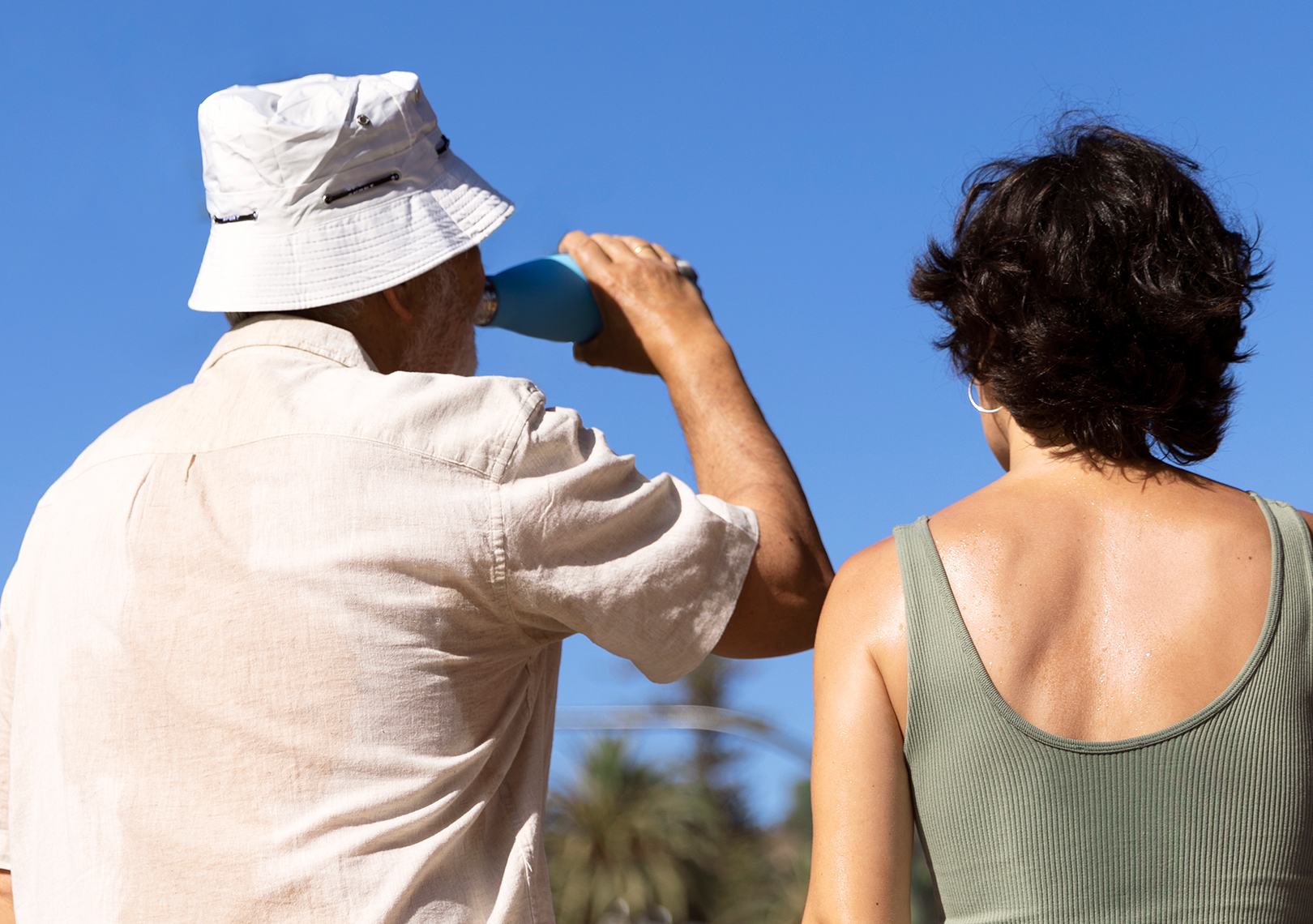
05 August 2025
Swollen feet and circulation in the heat: what's normal and what's not?
With the arrival of hot days, many people notice something uncomfortable at the end of the day: swollen feet and legs. This sensation may seem harmless, but is it really normal? Or could it be a sign of poor circulation?
In this article, we clearly explain when swelling is just a consequence of heat and when it may indicate health issues that require medical attention.
Why does heat cause swelling in the feet?
Our body has a sophisticated thermal regulation system. When the temperature rises, blood vessels dilate to facilitate heat loss. This dilation causes blood to circulate more slowly and leads to fluid buildup in the extremities, especially in the feet and ankles.
This process is known as peripheral edema and is especially common in:
- People who stand or sit for long periods
- Pregnancy
- Premenstrual period
- Diets high in salt
When is swelling considered normal?
It's natural that at the end of the day and during hot weather, there is mild swelling in the feet, especially if the person has been still for a long time. In general:
- It improves with rest or leg elevation
- It's not accompanied by intense pain or discoloration
- It is symmetrical (equal in both feet/legs)
💡 Tip: elevating your legs for 20 minutes at the end of the day can help relieve discomfort.
Warning signs: when to see a doctor?
Not all swelling should be ignored. There are signs that may indicate circulation problems or even more serious conditions. Pay attention if you notice:
- Persistent swelling that doesn’t improve with rest
- Swollen legs asymmetrically (one side more than the other)
- Pain, redness, or local warmth
- Shiny or hardened skin
- Shortness of breath, which may indicate generalized fluid retention
These cases may be related to conditions such as:
- Chronic venous insufficiency
- Deep vein thrombosis
- Heart or kidney problems
- Lymphedema
How to prevent foot swelling in the summer?
Even people without health problems can adopt simple measures to avoid or reduce swelling on hot days:
- Stay well hydrated: drink plenty of water throughout the day
- Reduce salt intake
- Avoid staying still for too long — move your feet regularly, even when sitting
- Wear comfortable shoes and avoid high heels
- Elevate your legs at the end of the day
- Take light walks or do water exercises
Conclusion: listen to your body's signals
Swollen feet and legs in the heat may just be a summer reflex, but they are also an opportunity to observe your body more closely. Poor circulation and other conditions can start with mild symptoms, and the earlier they’re identified, the better the treatment outcomes.
💡 If you feel that the discomfort isn’t normal, seek help. Take advantage of the Misericórdias Saúde card benefits and take care of your circulation and well-being.

25 September 2025
Autumn is coming: which vaccines are recommended this time of year?

01 July 2025
Burnout: How to Recognize the Signs Before It's Too Late?

10 July 2025
Heatstroke in the Elderly and Children: How to Prevent and Respond